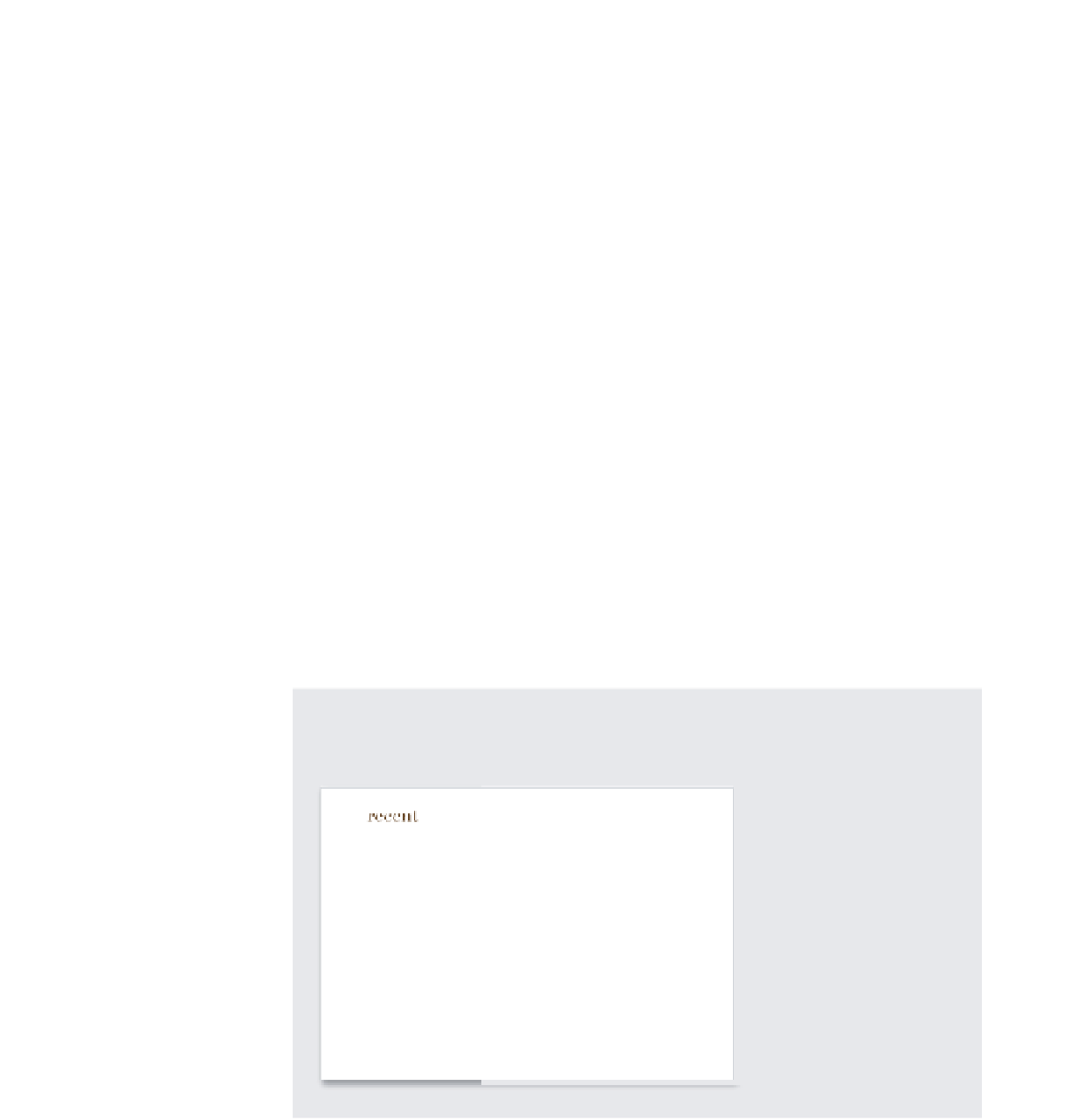Graphics Reference
In-Depth Information
•
Customizing.
Waiting to send your résumé on request also allows you to cus-
tomize it slightly to each query. You can create alternate résumés for differ-
ent situations, sending the most appropriate one when asked. Or you can use
it as an opportunity to gain points. After you know who wants your résumé,
you can visit their site to find out more about them. If you've done a project
that's directly relevant to their clientele but isn't in your digital portfolio, a
PDF along with the résumé can show not only what a good fit you'd be, but
that you think fast.
Cold-calling
If you don't have the name of a person to speak with, call the company. Be
straightforward about what you want, don't make them guess why you're calling, and,
above all, be polite. Ask if you can send your résumé and a PDF, or your portfolio
URL. Describe succinctly and clearly the kind of work you do and why you think you
might be a good fit with their firm.
Even if your contact says that there are no positions available, or that they're
happy with their current suppliers, send a short follow-up note thanking them for
giving you their time, and enclose your résumé and URL. Situations can change
quickly, and your information could arrive just as an employee unexpectedly leaves.
Mailings
If you are trying to get as much coverage as possible, one of the best ways
to do that is through old-fashioned snail mail. Do not send a copy of your portfolio…
send a printed example of your work. One way to do that is with postcards.
Your postcard should be
extremely simple: an
example of your work on
one side, and your name,
contact info, URL, and
what you do (illustrator,
interface designer,
photographer, and so on)
on the other. Check out
for good-quality,
reasonably priced
custom postcards.



























